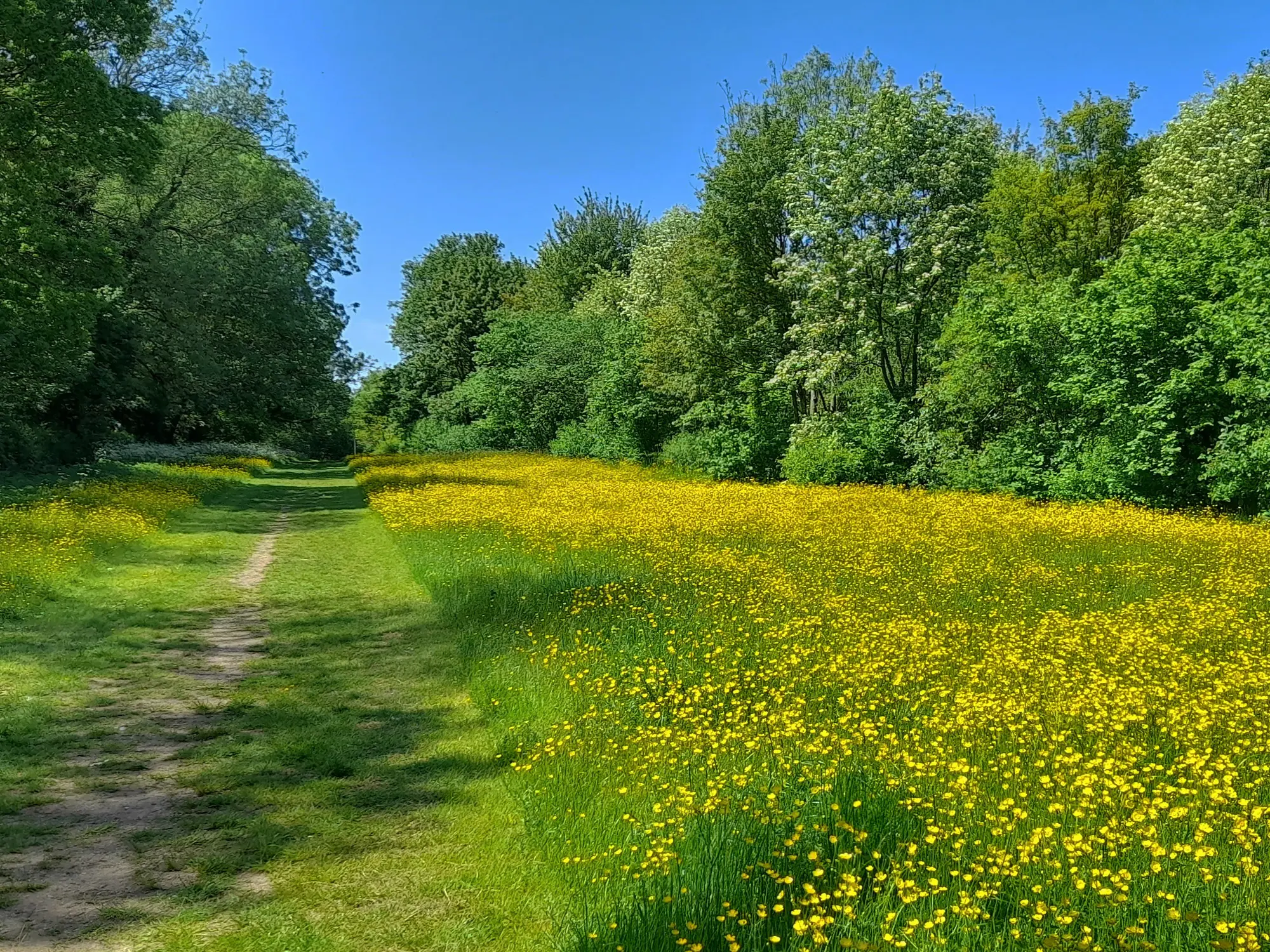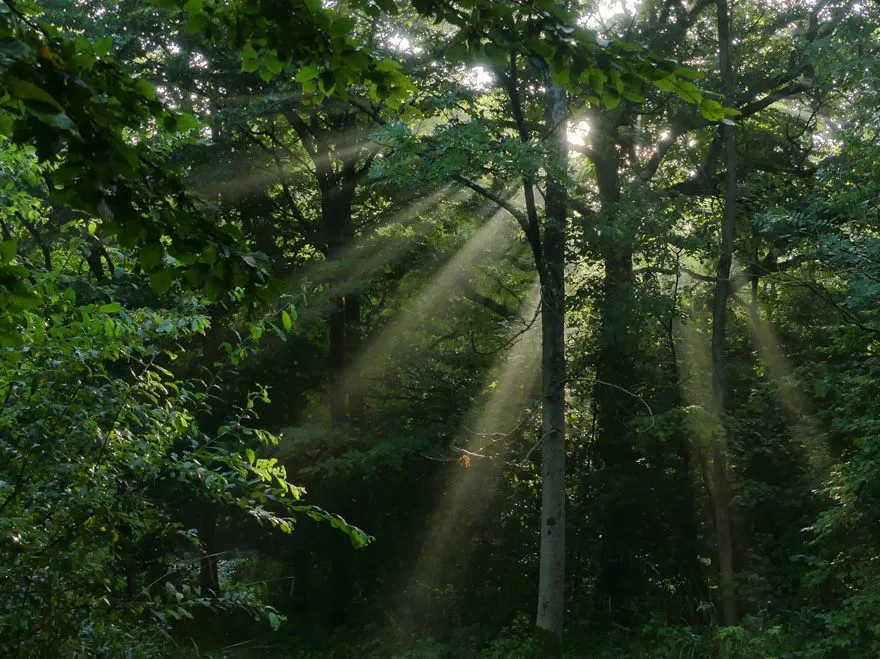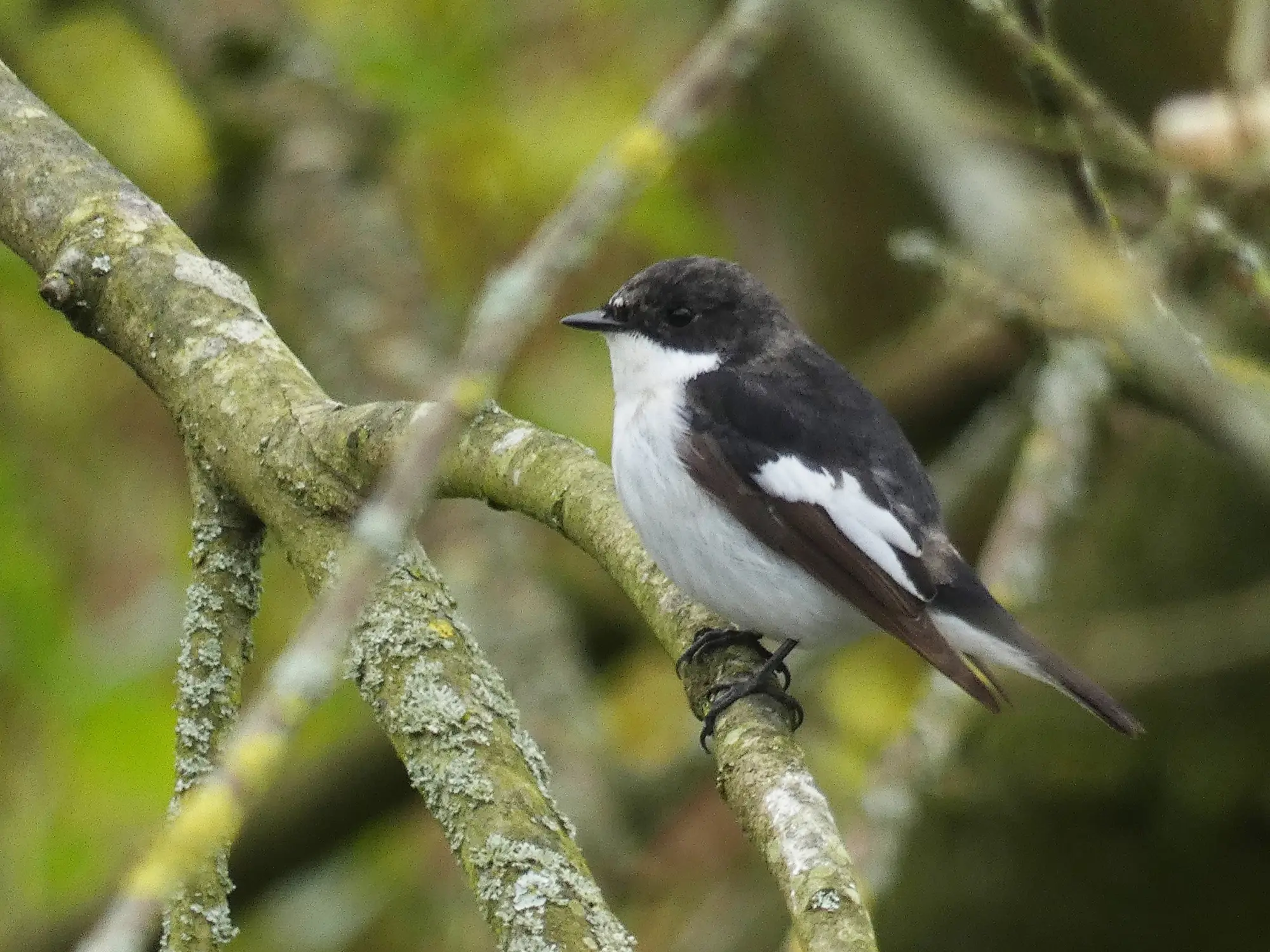howe park wood
Location
OS grid ref.
Google maps
what3words
Getting there
Parking
Train
Bus
Access
Permit required?
There are several woodchip paths throughout the wood, including circular routes around the southwest and northeast corners of the wood. Caution should be taken when visiting the wood after periods of heavy rainfall. Smoother tarmac paths run from Hengistbury Lane through the centre of the wood towards Emerson Valley and along the wood’s eastern edge and northwest corner. A redway also runs along the northern edge of the wood into Westcroft and the southwestern corner, continuing south towards Tattenhoe Park along Porthishead Drive.
On site facilities
Toilets
Toilets are situated at the Howe Park Wood Education and Visitor Centre and Grounds Café, though only open in business hours. The nearest other public toilets are situated at Morrisons in the nearby Westcroft retail park.
Parking
Visitor Centre
Local amenities
Target species
Site description
Situated at the northern corner of Tattenhoe in Milton Keynes, Howe Park Wood is an ancient area of deciduous woodland covering around 25 hectares, overlooked by Westcroft and Emerson Valley nearby. Owned by The Parks Trust since 1992, it was designated as an SSSI in 1994, hosting an impressive range of flora and fauna. While it sits close to busy roads, retail and housing, it is a site well worth visiting for birding, especially during the peaks of migration in spring, late summer and early autumn. It is also noteworthy for its butterflies, hosting around 30 species so far including the Black Hairstreak, Silver-washed Fritillary and Purple Emperor.


Species
Autumn and winter are some of the best times to see Howe Park’s resident species including Nuthatch, Treecreeper and Stock Dove. Locally scarce Hornbeams also add appeal for Hawfinches, which have occasionally been found perched or feeding in the woodland canopy around October, November and April.
During the winter months, Jackdaw roosts can make spectacular scenes at sunset, exceeding 800 birds. Even when spring might feel far away, Great Spotted Woodpeckers can be heard drumming from December onwards, as Great Tits and Song Thrushes echo their songs across the wood. Mistle Thrushes are an occasional contributor to the wood’s birdsong also.
The wood’s outer fringes and small ponds are worth checking for passage migrants in spring, with local scarcities and rarities found here featuring Common Redstart, Grasshopper Warbler and Pied Flycatcher. The catkins of Aspen trees have also attracted late-departing Redpolls and Siskins in early May. Some flyovers of note have included Whimbrel, Marsh Harrier and Common Crossbills.
Chiffchaffs and Blackcaps occupy much of the wood from spring and into summer but Garden Warbler and Lesser Whitethroat may also be found in small numbers, along with Willow Warblers on passage. Sadly in the wake of their countywide decline, the Marsh Tit has been almost absent from the wood into the 2020s, though a small number of dispersing juveniles from other woodlands have been recorded visiting.
